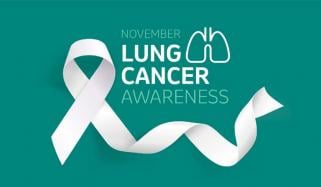
Almost 70% of adults in the US would be deemed to have obesity based on a new definition, research suggests.
The traditional definition of obesity, typically based on having a body mass index (BMI) of 30 or greater, has long been contentious, not least as it does not differentiate between fat and muscle.
In an effort to tackle the issue, in January medical experts from around the world called for a new definition to be adopted.
This would encompass people either with a BMI greater than 40; or those with a high BMI and at least one raised figure for measures such as waist circumference, waist-to-hip ratio, or waist-to-height ratio, or those with two such raised figures regardless of BMI, or those with direct measures of excess body fat based on scans.
In addition, they said obesity should be split into two categories: clinical obesity, where there are signs of illness, and pre-clinical obesity, where there are not.
Now research suggests the revamped definition could result in a dramatic rise in the prevalence of obesity among adults in the US.
Dr Lindsay Fourman, the first author of the study, from Mass General Brigham in the US, said the increase in obesity prevalence based on the new definition was striking, and was largely driven by people who would not have been considered to have obesity based on their BMI alone.
“Recognising people with [this type of] obesity can lead to more accurate health risk stratification,” she said.
Fourman continued, “For example, someone with BMI 23 but excess abdominal fat could benefit from lifestyle interventions such as improving diet and increasing physical activity, even though their BMI is in the “normal” range. Their physician might also more closely monitor for obesity-related complications such as pre-diabetes or fatty liver.”
While traditional BMI-based criteria would mean 128,992, or 43%, of the participants were deemed to have obesity, the team found this increased by nearly 60% using the new definition, encompassing 206,361, or 69%, of participants. For those aged 70 years or older, prevalence under the new definition was 78%.












